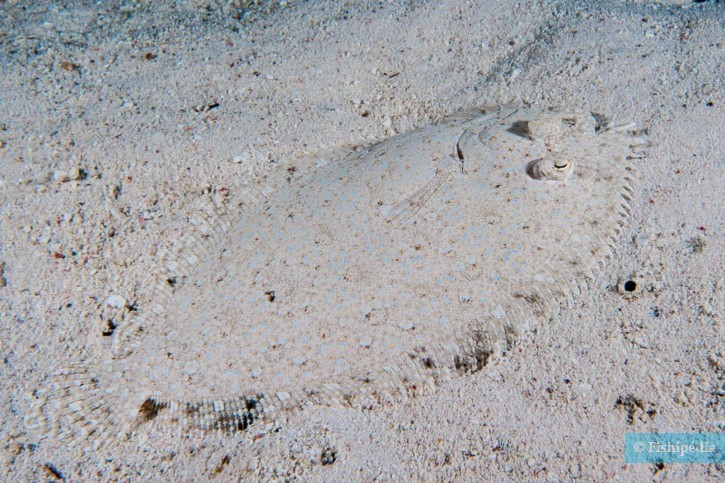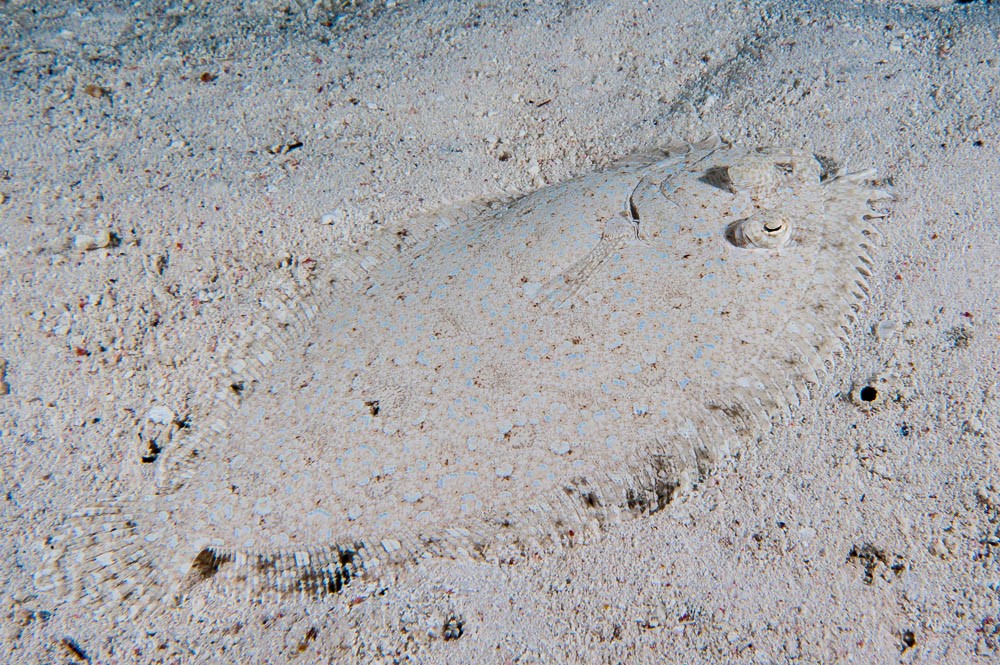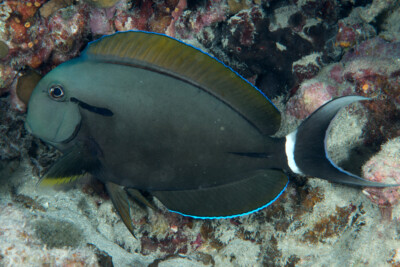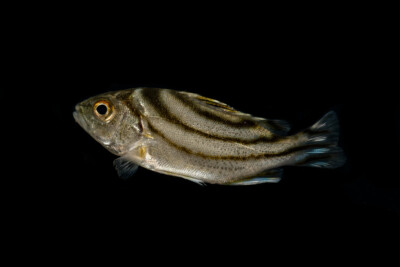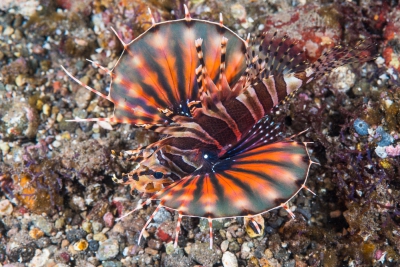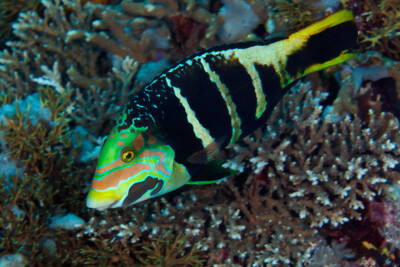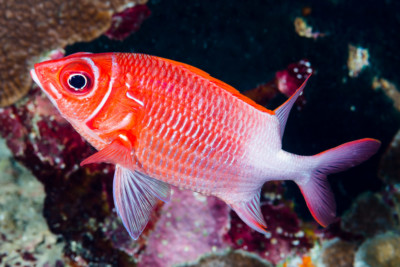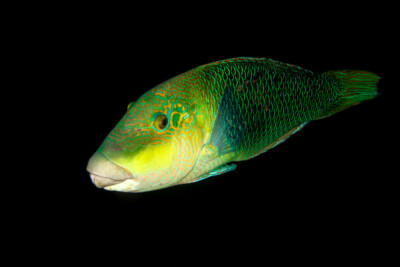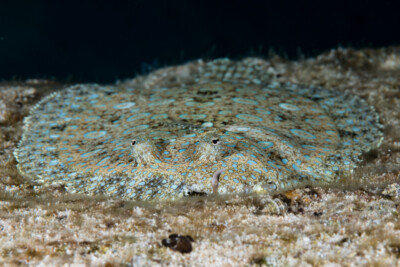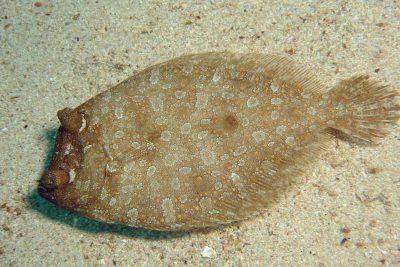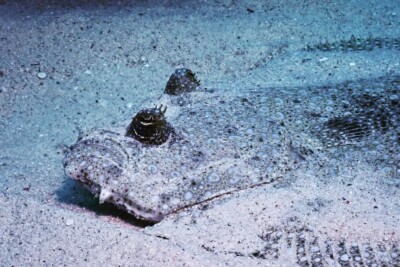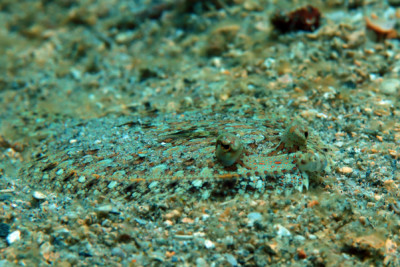Introduction
Bothus pantherinus, commonly known as leopard flounder, is a salt water fish.
This sheet is currently being prepared. The texts currently proposed come from our data model or are being drafted. To request priority for this content, you can write to us HERE.
Who is it?
Morphology
-
Average size20 cm
-
Maximum size39 cm
-
Mimicrysand
-
Patterntasks
-
Average size20 cm
-
Maximum size39 cm
-
Mimicrysand
-
Patterntasks
How to recognize This fish ?
The leopard flounder measures around 20 cm. The dominant males can however reach 39 cm. This fish is multicolore with a predominantly marron and beige body. The also has marron tasks.
Sexual dimorphism
The adult male is bigger than the female.
Behaviour & Life cycle
-
dietomnivorous with carnivorous tendency
-
Sociabilitysolitary
-
territorialYes
-
Way of livingdiurnal
The leopard flounder is a fish solitary naturally found on the bottom. This species is omnivorous with carnivorous tendency .
This species is territorial and does not appreciate the presence of intruders nearby, especially animals with similar behavior. It can also be virulent toward conspecifics. However, the leopard flounder has little concern for non-territorial animals.
Reproduction
-
Reproductionovipare qui pond en eau libre
The leopard flounder is a fish ovipare qui pond en eau libre.
Harmless species
This species does not represent any particular threats to humans when encountered in its natural environment.
Origin and distribution
Conservation status of populations (IUCN)
What is its habitat?
Natural environment characteristics
-
Temperature18 - 28 °C
-
Depth3 - 150 m
Biotope presentation
The leopard flounder is most often found at a depth between 3m and 150m. However, it is not impossible to find this species at other depths.
Species of the same biotope
Fishkeeping
Not recommended
We do not recommend keeping this species in an aquarium. It has unpredictable needs which, if not met, generate significant stress, potentially leading to a shorter life expectancy, an interruption of its growth or the development of pathogens.
To go further
Sources & Contributions
Participation & Validation
The Fishipedia team and specialist contributors are committed to providing high-quality content. However, although the information comes from scientific sources or testimonials from specialists, the cards may contain inaccuracies.

Benoit Chartrer
Translation
Translation done with the valuable contribution of our translators, who make this information available to a wider audience. We sincerely thank them for their commitment.
Scientific partners
Tags
Same genus
Species of the same biotope
